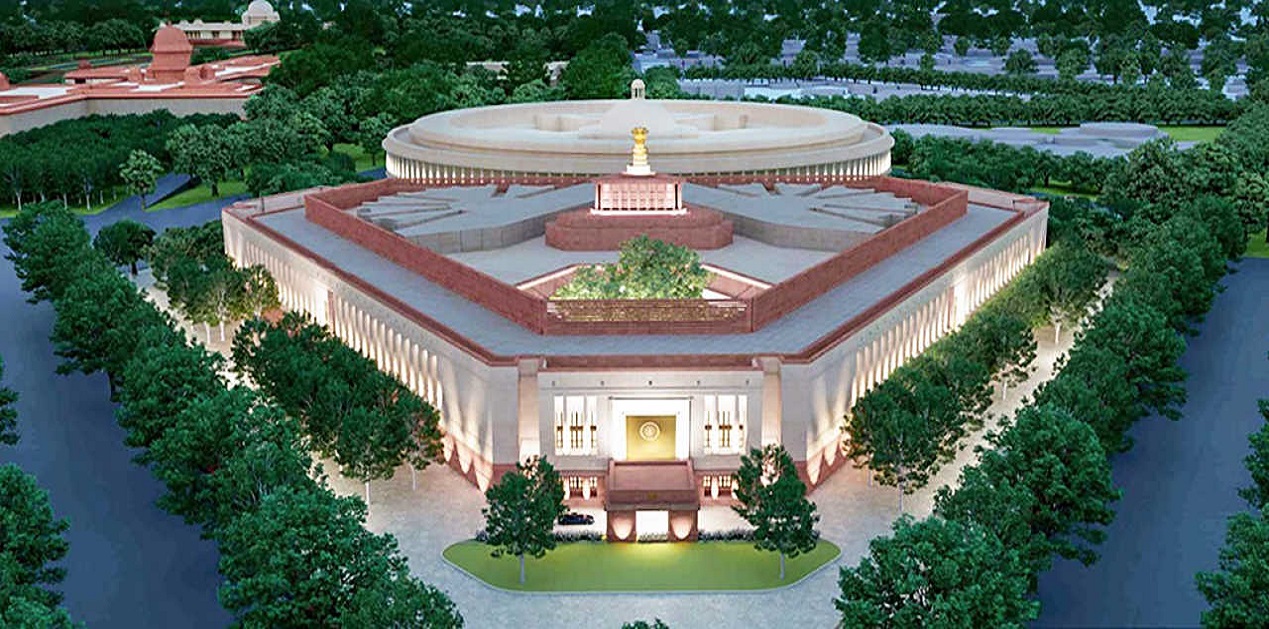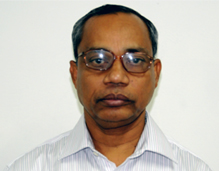The government decided in November 2015 to observe 26th November as Constitution Day or Sambidhan Divas to commemorate the adoption of the Constitution on 26th November 1949 which came into effect from 26th January 1950. The basic objective behind the observance of Constitution Day is to create awareness about the constitution and how best citizens can avail constitutional remedy when their rights including fundamental rights are violated or infringed.
While assessing the working of the Constitution in the past 75 years of the country, one is reminded of the cautious optimism of the then British Prime Minister Sir Anthony Eden in 1954. Alluding to India he said, “The Indian venture is not a pale imitation of the practice at home, but a magnified and multiplied reproduction on a scale we have never dreamt of. If it succeeds its influence is incalculable for good. Whatever the outcome, we must honour those who attempted it” [1]. India has not only survived against all odds, but has surpassed UK to become the fifth largest economy of the world and is poised to become third largest economy. It is indeed to the credit of the Constitution and the wisdom of its framers who had the foresight and the vision for the governance of a vast, backward and complex country of India’s magnitude.
Arguably Indian Constitution can be regarded as the best constitution of the world, which is described by Granvile Austin as the ‘Cornerstone of the Nation’[2]. The constitution on the one hand guaranteed the fundamental rights of the citizens, on the other it has also entrusted the responsibility of the state to ensure the wellbeing of the citizens through various welfare measures. It has also created institutions like judiciary and Comptroller and Auditor General (C&AG) for fascinating good governance and wellbeing of the people.
What is Constitution?
What is constitution? It’s a bare document and a guideline to the stakeholders- the legislatures, the executive and the judiciary and institutions that it has created. Constitution is like a text and its working has to be understood and assessed in a political context. Constitution has created strictures and institutions and the spirit of the Constitution operates through these institutions. Each organ and institution has to work in harmony to uphold the spirit of the constitution. Our Constitution, a unique document, is not a mere pedantic legal text; it embodies human values and spiritual norms. It upholds the dignity of man [3]. The Preamble to the Constitution pronounces the ideals and objectives of the constitution. The supremacy of the Constitution is yet another hall mark of the Constitution.
Amendment Procedure Gives Resilience
Although Indian Constitution is claimed to be the longest written Constitution, still there are grey areas. No wonder therefore, the Constitution itself provides for its amendments and we call it a flexible and dynamic Constitution. Bhimrao Ambedkar, the architect of the Constitution said that the flexibility of the constitution is its distinguishing feature. It is living document responsive to societal and political needs of the time. The detailed and precise amendment procedure is the source of its strength. Flexibility of the Constitution doesn’t mean that it can be amended beyond recognition. The Basic Structure of the Constitution like the federal structure and the Parliamentary polity cannot be amended. While some provisions of the Constitution can be amended through simple majority, there are provisions which can only be amended by 2/3rd majority; and there are provisions which requires ratification by one half of the state’s states signifying the federal nature of the polity. What are the amendments that require ratification by the States? They is the article 368 itself, the article dealing with the President, the extent of the executive power of the Union and the state government, the judiciary, the distribution of power and representation of states in Parliament.
The framers of the Constitution adopted a nuanced approach to the amendment procedure following Buddha’s ‘golden mean’ shunning two extremes- extreme rigidity and amorphous flexibility- like Buddha’s avoidance of mundane materialism and asceticism. The amendment procedure also reflects the federal character of our Parliamentary polity in the sense that some amendments are required to be ratified by more than half of the states. The amendment provisions of the Constitution have enabled the government of the day to face and mitigate emergent issues and challenges and bring about legislations to cope with them. Legislative measures sometimes have a bearing on the Constitutional provisions. There are many such examples. It is not possible to deal with them exhaustively. Some examples will drive home the point. When the government recently passed the Woman’s Reservation Bill, the Bill inter alia proposed to insert new article relating to reservation of seats to Women in Lok Sabha and state Assemblies through article 330A, 332A and 334A. Earlier the Constitution was amended through 73rd and 74th amendments to provide for woman’s reservations in Gram Panchayats and Nagar Palikas. Recently the government also passed three important laws amending the colonial and archaic laws which reflect the dynamic nature of the Constitution. The first is the Bharatiya Nyaya Sanhita Bill which amended the Indian Penal Code relating to criminal offences. The second is the Bharatiya Saksya replacing the Indian Evidence Act, providing for electronic as digital records as evidence. The third is Bharatiya Nagarik Suraksha Sahita amending the Criminal Procedure Code.
Conclusion
It is noteworthy to reminiscence Gandhi’s talisman in the context of the laudable ideals and objectives of the constitution. The talisman says, “Whenever you are in doubt, or when self becomes too much with you, apply the following test. Recall the face of the poorest and weakest man whom you have seen, and ask yourself, if the step you contemplate is going to be of any use to him. Will he gain anything by it? Will he gain anything by it? Will it restore him to a control over his own life and destiny? In other words, will it lead to Swaraj for the hungry and spiritually starving millions? Then you will find your doubts and your-self melt away.”
Endnotes
[1] Rup Narayan Das, “Time to redefine our democracy”, Deccan Herald, 13th August, 2012.https://www.deccanherald.com/opinion/time-redefine-our-democracy-2354121
[2] Granville Austin, The Indian Constitution: Cornerstone of a Nation, Oxford University Press, New Delhi
[3] Bachan Singh vs State of Punjab, A.I.R1982, S.C1325
(The paper is the author’s individual scholastic articulation. The author certifies that the article/paper is original in content, unpublished and it has not been submitted for publication/web upload elsewhere, and that the facts and figures quoted are duly referenced, as needed, and are believed to be correct). (The paper does not necessarily represent the organisational stance... More >>











Post new comment